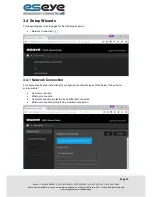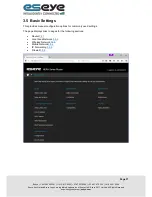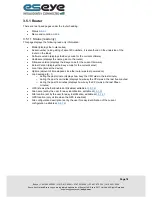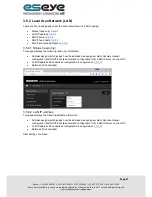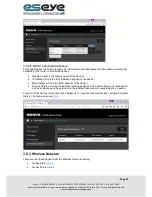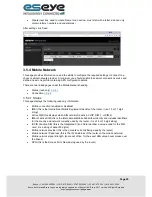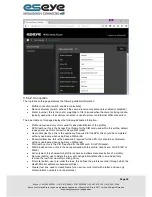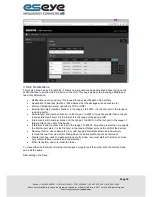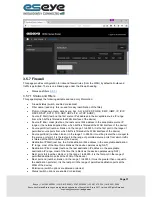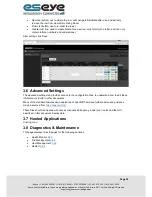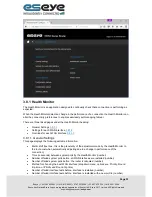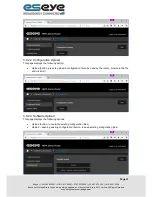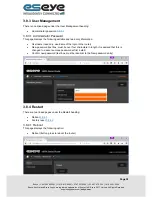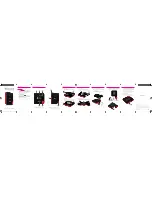
Page 30
Eseye | + 44 1483 802501 | +1 512-813-0599 | +27 87 551 8200 | +33 9 87 67 53 36 | +61 8 9551 5200
Eseye, AnyNet and Eseye Logos are registered trademarks of Eseye Ltd © Eseye 2017 Limited. All Rights Reserved
eseye.com
3.5.6.2 Redirections
This is also known as port forwarding, it allows new connections and associated data arriving on the
WAN interface to be directed to a device on the LAN. This page displays the following editable and
read only information:
Redirection name (read only, this is used for easy identification of the profile)
Destination IP address (text box, IPv4 address that the package will be delivered to)
Protocol (dropdown menu, options are TCP or UDP)
External port start (number, blank or in the range 1 to 65535, it is the first port in the range of
receiving ports)
External port end (number, blank or in the range 1 to 65535, it must be greater than or equal
to the external port start, it is the last port in the range of receiving ports)
Internal port start (number, blank or in the range 1 to 65535, it is the first port in the range of
target ports on the LAN of the device)
Internal port end (number, blank or in the range 1 to 65535, it must be greater than or equal to
the internal port start, it is the first port in the range of target ports on the LAN of the device)
Remove (button, use to delete the row, will change to Reinstate after use, and will only
remove the row from view after clicking Save, the active profile cannot be removed)
Create (text box, used to create profile name for a new row, must start with a letter, and can
only contain letters, numbers and underscores)
Promote (button, use to re-order the rows)
To make either the External or Internal port ranges a singular port then enter both the start and end
value as the same.
After editing click ‘Save’
.

